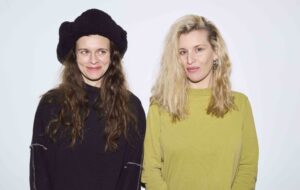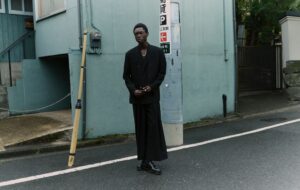|
|
||
|
In Holland they demolish everything and build everything new,” says Sylvain Hartenburg of Ooze, a practice based in Rotterdam and Paris. By reimagining a 1920s brick, gable-fronted house in the suburbs of Rotterdam, however, Ooze has shown that more sensitive approaches are possible. Ooze was originally employed to add a kitchen to the existing house – a simple extension requiring no planning permission – but was soon given the opportunity to address a bigger problem. By 2005, when the current owner bought the house, it had been extended twice and the boxy side additions now unbalanced the original structure. The owner wanted to reconfigure the house again, but the problem facing Ooze was that it was allowed to enlarge the footprint only on two side walls of the original house, and to extend to a maximum height of 11m. The gable facade also had to remain, as the owner was keen to preserve it “for spiritual reasons”. Ooze hit on a bold solution. A faceted roof of triangular panels fitting in and around the original central structure would provide a “maximum envelope, wrapping the extension around the space”, as Hartenburg puts it. “It’s like a hat.” The interior space, now reconfigured into triangular arrangements determined by the points of the new roof, allowed for the introduction of a second floor and an increase in floor space from 170sq m to 500sq m. The construction took only a year and a half, a timescale enabled by the use of prefabricated Lenotec timber products for the roof, walls, facades and floors. Most significantly for the atmosphere of the house – and in keeping with Ooze’s previous work, which includes a community garden and water treatment plant in Essen, Germany – Villa Rotterdam II is now better integrated into its canalside, tree-lined setting. The cladding of Accoya panels and the sedum-planted sections of the roof almost camouflage the building, while the numerous glass windows reflect the water and sky. The result, visitors have commented, is a more organic and human space, “taken over by the people themselves”.
|
Image Jeroen Musch
Words Fatema Ahmed |
|
|
||

















